In Tania Franco Klein’s photo series “Our Life in the Shadows”—on display last month at Mexico City’s Material art fair and San Francisco’s Photofairs—women stare blankly at static television screens, mirrored toaster ovens, and hazily lit window curtains. A sense of ennui permeates the images, which depict domestic life in rich cinematic detail. Each subject is cropped so that her face is never fully in view. Often, the women are distorted by a reflection or an obfuscating prop. In The Waiting, one of the fifty images that comprise the series, a bowl of lipstick-marked cigarettes is perched ceremoniously atop a pillow. The living room is saturated with a moody cobalt blue. (Other images are steeped in jewel-toned reds and deep emerald greens.) Unpeopled and static, the photo is, conceivably, a portrait; the alluring mise-en-scène bears only traces of the person out of view.
“My main character is emotions,” says the twenty-eight-year-old Mexico City–based photographer, who treats houses, furniture, and human subjects as vessels for those emotions—which range from anxiety and melancholy to existential stress. On February 23, at San Francisco’s Photofairs, three self-portraits from the series were on view. In the photographs, Klein is topless, gazing out at a mattress-littered desert road; lying on a carpeted floor, facing her muddled reflection; and in a kitchen, keeled over in exhaustion. Anxious and rudderless, her characters are ill at ease in their environments. Though Klein envisions each subject, including herself, in what she calls a “private jungle”—bathroom, sofa, train seat—there is invariably a voyeuristic element at play. By looking or even physically turning away from the camera, Klein’s subjects are almost—but never completely—able to evade our gaze.
Throughout the series, balding velvet settees and rickety wooden chairs are treated at once like precious objects and ugly, forgotten debris—clever metaphors for how women themselves are paradoxically valued and devalued in domestic spaces as maids, sex workers, housewives, and mothers. Anachronistic details like a princess phone, a clunky television set, and a gas stove from the sixties appear in disorienting scenes that sidestep any one specific era. In their simple costumes and cherry-red lipstick, Klein’s characters evoke a timeless femininity.
If a nuclear family, kempt house, and diligent housewife comprise the American Dream (at least by the standards of the fifties), then Klein’s destruction of nostalgia-inducing furniture signals a refusal to conform to such expectations. Viewed in tandem with photos of discarded mattresses, the image of a couch on fire is stark and conclusive. Mattresses and couches absorb, quite grotesquely, years of their owners’ sweat and dead skin cells, evidencing the passage of time and, with it, our bodies’ gradual, inevitable decay.
Klein’s obliteration of the couch signals the willful, cathartic end to a painful chapter in her life as much as it does a refusal to cede to gender-specific social pressures. In 2016, after finishing a graduate program at the University of the Arts London, Klein was nomadic, living in new cities every two months. “I lost my sense of home,” she says. Klein became interested in the Polish psychologist Kazimierz Dąbrowski’s theory of positive disintegration (TPD), which posits that we are at our greatest potential for growth after periods of anxiety, depression, or trauma. (In 2017, at Mexico City’s Zona Maco fair, she named her photo installation “Positive Disintegration.”) Klein was also influenced by Byung-Chul Han’s book The Burnout Society, in which he argues that a fixation on self-improvement is endemic to our postindustrial, digital age and that it leads to an accumulation of stress and exhaustion.
Throughout this series, Klein wears a voluminous, curly wig and retro square-framed glasses, disguising herself, alternately, as a lost heroine, a disgruntled suburbanite, and a troubled party guest. Her characters make languorous gestures and are perpetually on the brink of collapse; their eyes are often concentrated but empty, evidence that they are only half present to the world around them. In a sterile green-lit bathroom—a crime scene, possibly—Klein twists on the floor in pleasure or pain or both, wearing high-waisted nude tights that accentuate her strained muscles. In a diptych, she becomes another character, sandwiched between couch cushions, her body fragmented and trapped by the furniture’s overbearing weight. Her head, hair, and left shoulder are the only parts in view in one frame; only her torso, derriere, and calves are visible in another. These perverse positions exacerbate the mental and emotional gymnastics each character undergoes to reckon with her respective reality. Instead of providing comfort or support, the furniture constricts and even smothers Klein.
Klein finds freedom in her characters’ anonymity and deploys a dreamy color palette to illuminate gradations of depression. Velvety oranges and reds fill one bedroom with a warmth that is at odds with her subject’s blank expression. When she attempts to reconcile a tumultuous inner life with her external environment, it results in the ultimate escape fantasy: to disappear, to live only on screen. On a black-and-white television screen, there is a small, almost spectral figure in view. “The television shows the same scene as the photo,” Klein explains. “In a way, the character disappears from her own reality and is lost in the image of herself.”
Though most of these images are self-portraits, she does occasionally scout subjects—in her grandmother’s apartment building, in seniors’ water-aerobics classes, and on the street. To set up a scene in which an infant lies in a car, Klein scoured cars parked in her neighborhood. After finding a car with the exact color and textured interior that she wanted—”the usual velvet I have in my photos”—Klein left a note for the owner, asking to use his car for her shoot on the following day. He obliged, they scheduled a shoot time, and she borrowed a friend’s baby for the photo. The resulting image is unnerving: a lone diapered baby bathed in a supernatural pinkish light lies faceup in the backseat of a car, unattended. There are no seat belts, car seats, or adults in view, which renders this otherwise ordinary scene exceedingly strange. We are left to wonder: Is the baby crying? Where are its parents? Will it survive? “When we see an abandoned baby, it’s so vulnerable that we quickly want to protect it,” Klein explains. “But we don’t have the same feelings of empathy for someone our own age, when they might need us just as much.” As adults, our physical and emotional needs evolve and deepen; the image conveys that, regardless of age, we are all vulnerable and, in solipsistic terms, ultimately alone. “What permeates all the work is isolation,” Klein says. “A lot of people feel lonely. That’s a huge issue. We’re satisfying our egos but are feeling more lonely than ever.”
For this series, Klein took most of the interior shots in Mexico City, her hometown, and saved exterior shots for trips to Long Beach, California, and small towns around Palm Springs. Because of ongoing violence in Mexico City—kidnappings, assaults, gun violence—Klein is vigilant about her safety when working at home. “In California, I feel so free to take these photos,” she says. “I don’t have the same paranoia.” In “Our Life in the Shadows,” Klein retreats to homelike spaces, perhaps looking for an oasis of comfort and security. Instead, she finds unstable, even volatile environments that are immersive, corrosive, and charged with psychic stress. In delving deep into such fraught emotional states, Klein taps into her own ability to transcend the circumstances to which she’s bound.
All photos courtesy of Tania Franco Klein.
Anna Furman is a writer based in San Francisco. Her work has appeared in New York magazine, the Guardian, Guernica, and elsewhere.
from The Paris Review http://ift.tt/2FyWauI
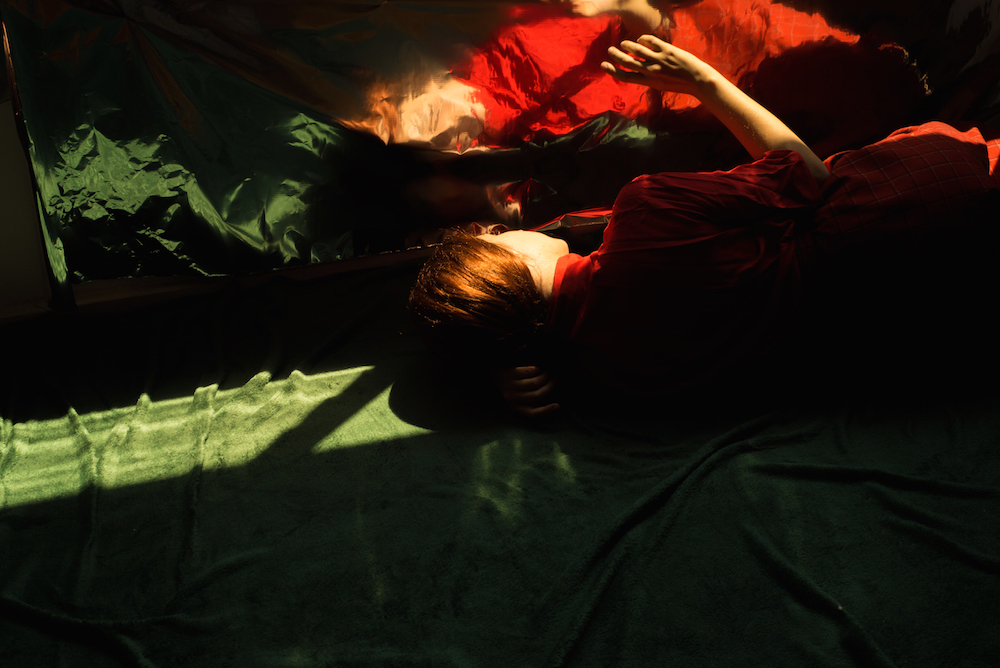
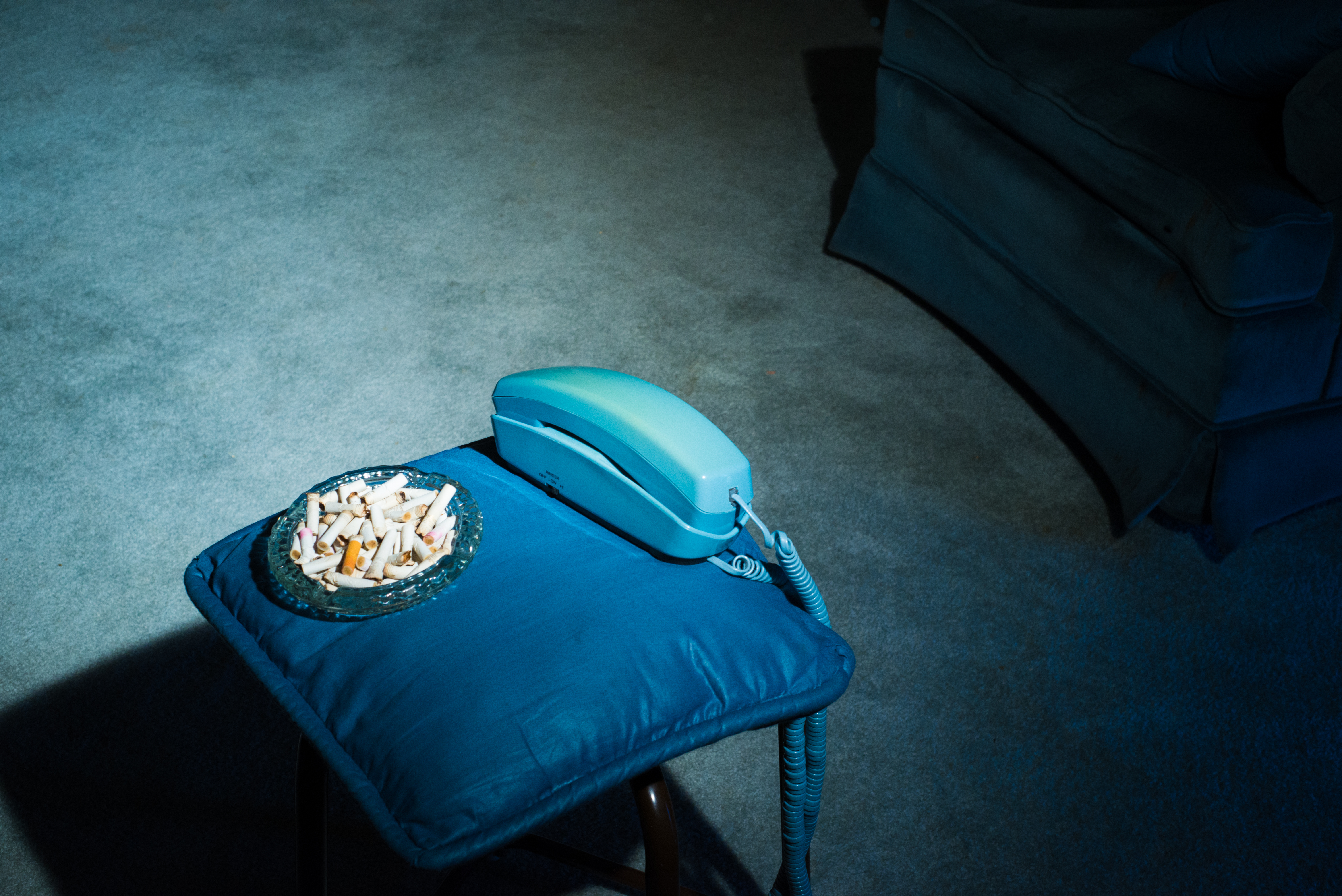
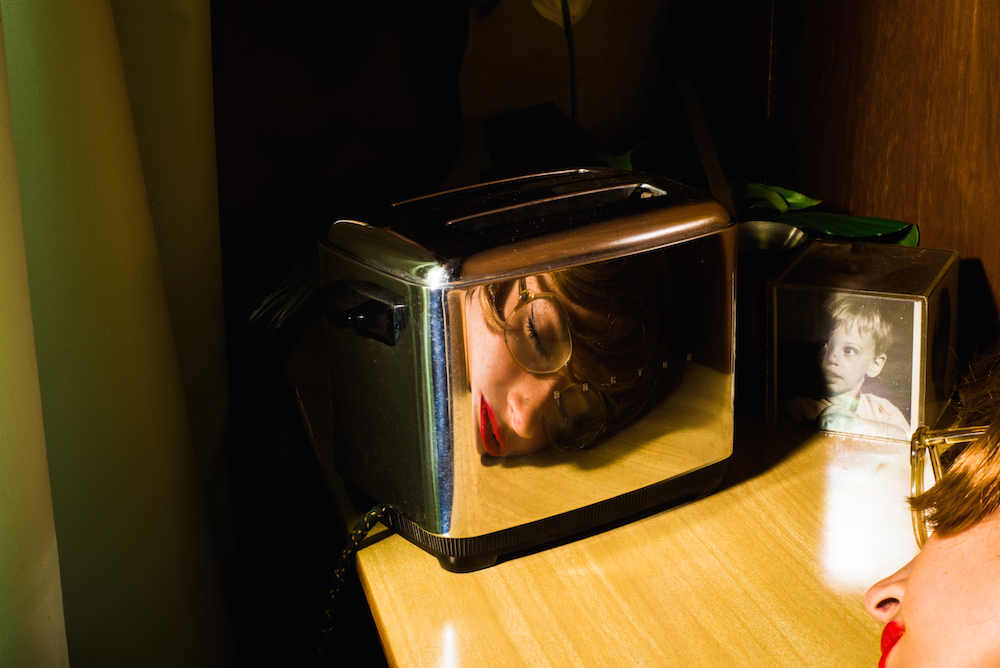
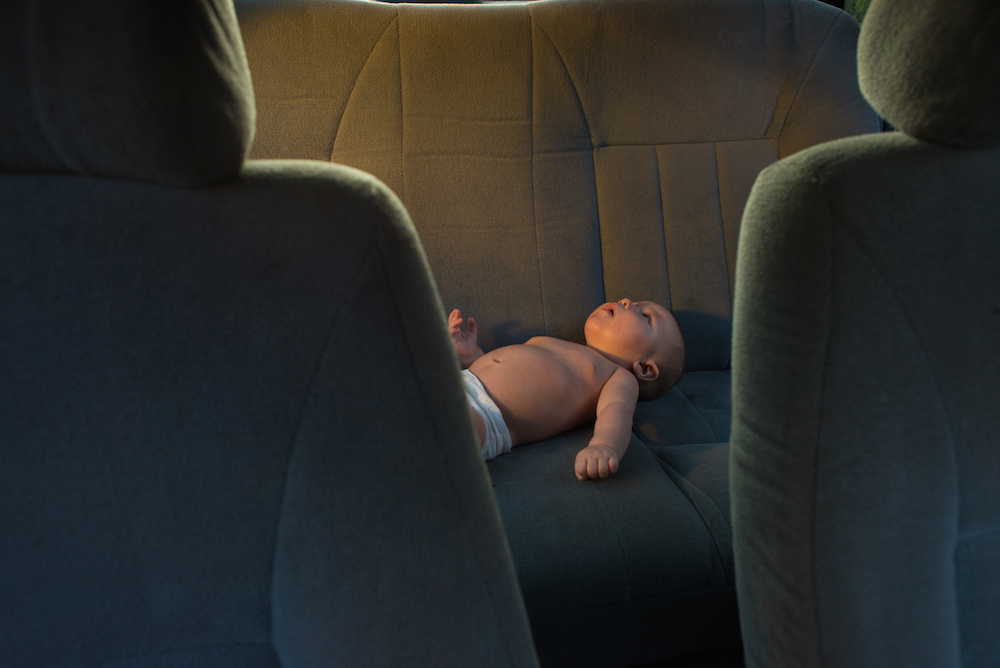
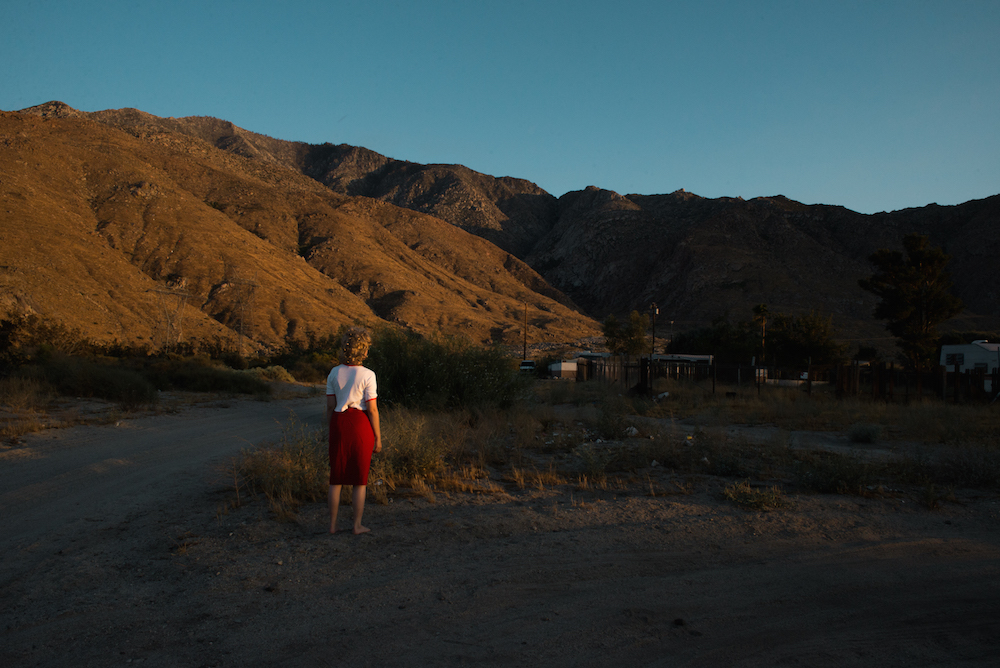
Comments
Post a Comment